
Cities are identifiable by its sights and its architecture.
We remember these sights and buildings as landmarks and places with fond memories.
We remember these sights and buildings as landmarks and places with fond memories.
A side (sight) project by my brother and I, The Sight Project attempts to illustrate the sights of a city,
starting from the city that we grew up with — Singapore.
starting from the city that we grew up with — Singapore.

Whenever we see the control tower, we know we are one step closer to our vacation! Besides playing the role of a vital air-traffic control unit, it has also become a key icon representing Changi Airport for many locals. The Singapore Changi Airport officially opened in 1981 and has always maintained high standards, winning many awards and owning the title as one of the best airports in the world. With Terminal 5 on it’s way, CAAS also announced plans for a second control tower to support future operations. Oh boy, we definitely have a huge airport for such a small country!

The iconic Raffles Place MRT entrance has always been an easy meeting point for many Singaporeans. However, few would know that its distinct structure is actually a replica of the facade of the John Little Building (dated 1911) , which was constructed in a Spanish style. John Little was a popular departmental store in Singapore, but recently announced its closure after 174 years of operation. It is a pity, but at least a little of it will still remain as an iconic landmark in Singapore.

The old National Library at Stamford Road was an icon for many Singaporean. Built in the 1960s, the building was inspired by the red-brick look of British architecture in the 1950s. The design of the building was not very well-received, but the massive increase in space was greatly appreciated. Despite the public’s objection, the library was officially closed in 2004 to make way for the construction of the Fort Canning Tunnel to ease road traffic to the city. The controversy surrounding the closure of the building sparked awareness towards the importance of conserving buildings of national heritage amongst Singaporeans.

Before the SEA Aquarium and Underwater World, there was the Van Kleef Aquarium. And before that, you probably would have to dive into the ocean. The Van Kleef Aquarium was named after Dutch philanthropist, Karl Willem Benjamin Van Kleef, who bequeathed his entire fortune to the Singapore government after he passed on in 1930. After much consideration, the money was eventually used to build the aquarium. During the 1950s to 80s, it was a popular landmark to many locals and tourists, and even claimed to be one of the best aquariums in Southeast Asia. However, after the Underwater World in Sentosa opened in 1991, the Van Kleef Aquarium suffered a huge decline in visitors. It was officially closed in 1996, and demolished in 1998.
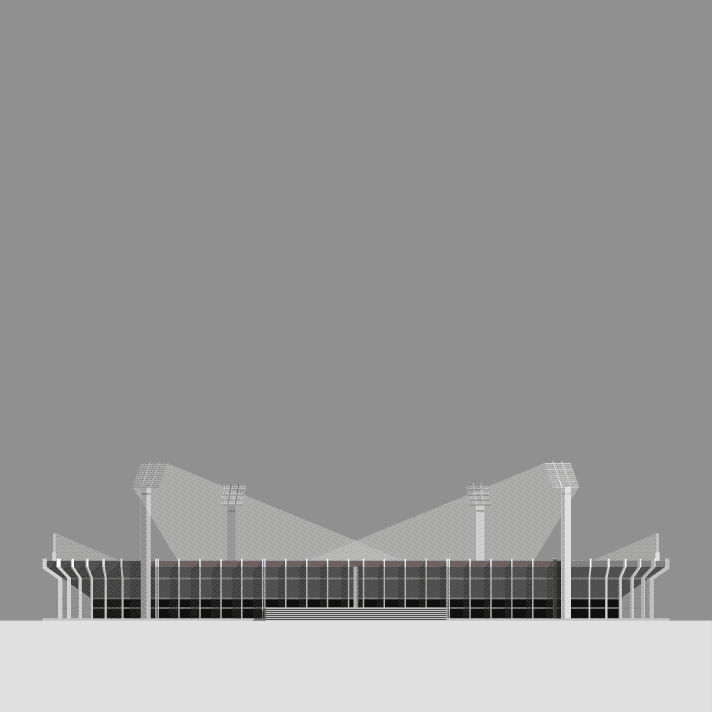
The Singapore National Stadium would probably hold a special place in the hearts of many Singaporeans. In the 1970s and 1990s, hardcore football fans would flock to the stadium to watch the Malaysian Cup. It was then, where their enthusiastic cheers gave birth to the famous Kallang wave, eventually became a must-have for every National Day Parade. Speaking of which, the National Day parade, which most Singaporeans would probably remember, was held at the National Stadium for a total of 18 times! Now that, deserves a Kallang wave!
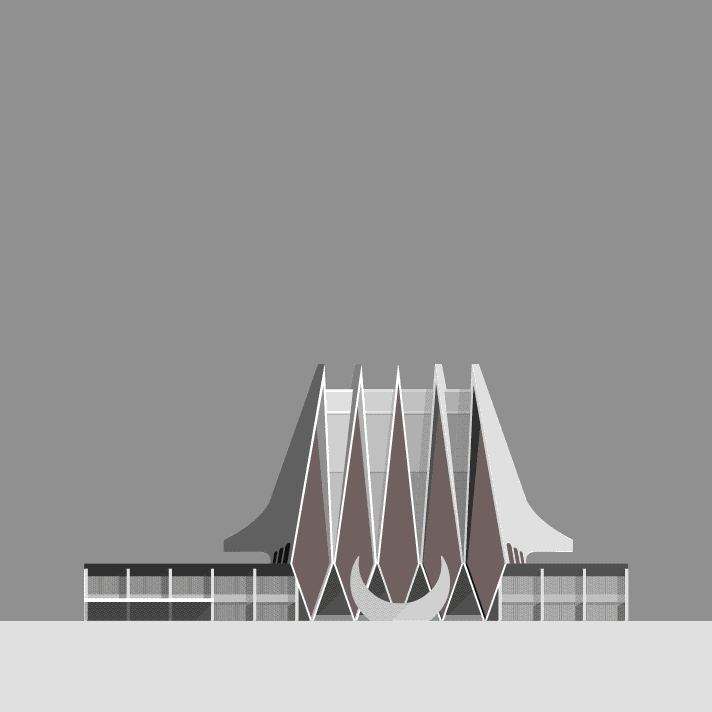
The National Theatre was built to commemorate Singapore's achievement of self-government in 1959. Designed by local architect, Mr Alfred Wong, the building featured a five-pointed facade and an outdoor fountain which represented the five stars of the Singapore Flag and the crescent moon respectively. It held many events such as the annual National Day rallies, Singapore Youth Festival performances and university convocations. Unfortunately, the building was closed in 1984 after it was deemed structurally unsafe, and together with its declining use due to the lack of air-conditioning, the building was eventually demolished in 1986. Today, the former site is marked as a Heritage Site for "signifying a spirit of self-help and nationhood in the early days of nation building."

One of two winning proposals for an integrated resort, the Marina Bay Sands was built to meet Singapore's economic and tourist objectives for the next decade. The casino features the world's largest atrium casino with 500 tables and 1,600 slot machines, and is being lit by a centerpiece 7.1 tonnes chandelier made with 132,000 Swarovski crystals — one of the world’s largest chandeliers. Besides the casino, the integrated resort also features the largest hotel in Singapore, a convention center, a shopping mall, two theatres, seven "celebrity chef" restaurants, two floating Crystal Pavilions, an ice skating rink, topped with a SkyPark that has the world's largest public cantilevered platform and the world's largest elevated swimming pool. Phew! With so many things integrated, it is no wonder it is also the world's most expensive standalone casino property. Ka Ching!

The Singapore Flyer is the world's tallest observation wheel outside the US. It is situated along the Marina Promenade, providing a 32 minute unobstructed views of the city and the neighbouring countries in one ride. It has 28 air-conditioned capsules, each capable of holding 28 passengers. The wheel originally rotated in a counter-clockwise direction when viewed from Marina Centre, but Feng Shui masters believed that this rotation was taking fortune away from the city. Therefore in August 2008, the rotation was reversed. As they always say, "宁可信其有 不可信其无"

The Suntec City Fountain was built according to Feng Shui (Chinese Geomancy) principles. As water is the symbol of life and wealth in Chinese culture, the inward flowing water symbolises the pouring in of riches and the rentention of wealth for Suntec City, hence the name, The Fountain of Wealth. At certain times of the day, the fountain stops and visitors are invited to walk around a mini fountain at the centre for good luck. What's more, it is also the largest fountain in the world! Huat ah!

The Durians by the Bay, erm, we meant Esplanade, Theatres on the Bay. Named after the Esplanade Park where the buidling is constructed on, the Esplanade was built as a performing arts centre under the recommendation of then Deputy Prime Minister Ong Teng Cheong. Besides the concert hall and theatre, the Esplanade also features the library@esplanade (Singapore's first public library devoted to the performing arts), outdoor performing areas, as well as viewing gallery and retail spaces.

“Eh, wanna go KL jalan jalan?” Whenever someone mentions a trip to Malaysia, the first place to head to will be Golden Mile Complex. The building is one of government's pioneer urban renewal projects, where buildings were built for both residential and commercial purposes. Nicknamed "the typewriter", the stepped profile of the building offers residents an excellent view, enhances natural ventilation and reduces the impact of noise from traffic. Today, besides being the place to purchase a coach ticket to Malaysia, it is also known as "Little Thailand" with numerous Thai shops, discos and eateries.
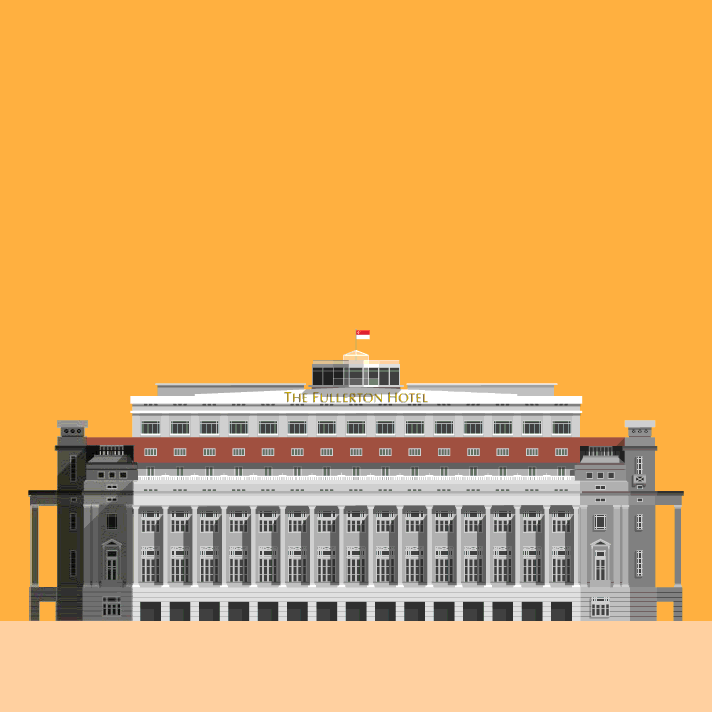
Standing strong amidst an urban jungle of skyscrapers, is a piece of history, The Fullerton Hotel. The building was completed in 1928, and was named after the first Govenor of the Straits Settlements, Robert Fullerton. It was famously known as the General Post Office Building as it was the anchor tenant. During World War II, it was even used as a hospital and was also the place where General Percival discussed the possibility of surrendering Singapore to the Japanese. History gao gao (thick in hokkien), it’s un-un-un-unbelievable!

Long before the Pinnacle @ Duxton, stood one of the first two 10-storey HDB flats which were built back in 1963. To commemorate the area as a place of historical significance, then Minister Mentor Lee Kuan Yew announced in 2001 to re-develop the two blocks to liven up the area and to bring in newer households into the city. Today, the Pinnacle @ Duxton is the world’s tallest public housing with the two longest sky gardens. National Day see fireworks, you know where to go lah uh.

Uncle, butter kopi and kaya toast one set~ This pre-war shophouse was where Tong Ah Eating House and it’s famous kaya toast and kopi business was established. The date on the building, 1939, was the year that the Tang family started their business, passing it down through four generations over a 75 year period. Although they have since shifted away from this iconic building, their kopi and kaya toast are still good. Swee lah, standard never drop.
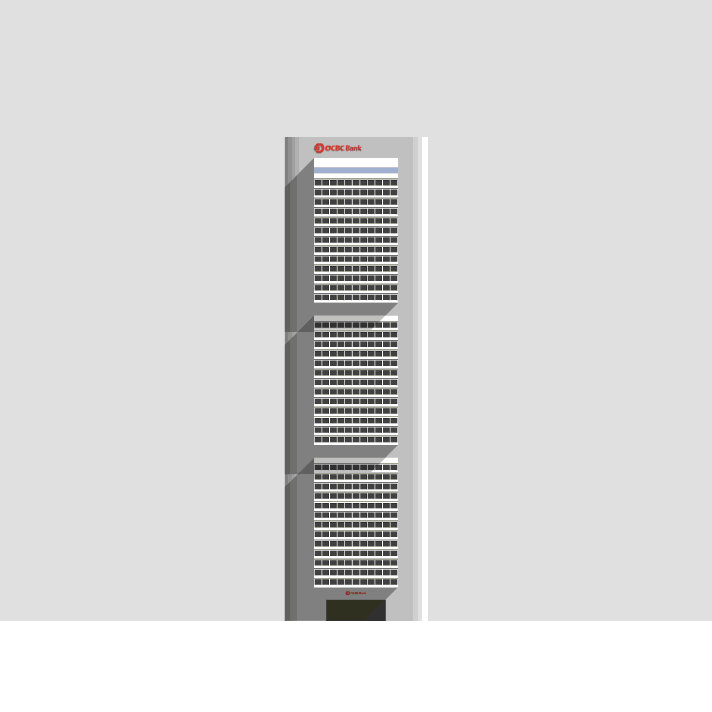
"The World's Strongest Bank", and no doubt about it. Designed to be a symbol of strength and permanence, the OCBC Centre was also nicknamed "the calculator" due to its flat appearance and windows that resembles buttons. It was built in 1976 and was South East Asia's tallest building at that time. With such a huge calculator, we are guessing that there is alot of count inside.

We are not joking when we say this building was inspired by the palm. Typical of a building during the 1980s, the 23 storey buidling is tiled in tan colour with a series of inverted U-shaped roofline to resemble the fingers of an open palm. According to Chinese geomancy (Feng Shui), the open palm is said to ward off evil. We never bluff you ok.

"Wa, so grand! What is inside ah?" The Buddha Tooth Relic Temple and Museum houses an artefact—said to be a tooth from Buddha—that was found in a collapsed stupa in Myanmar in 1980. It is regarded by the Buddhists as the Sacred Buddha Tooth Relic. What makes it more impressive is that the temple’s Chief Abbot, Venerable Shi Fa Zhao, conceptualised and designed this building with help from local and overseas consultants. Hmm, now we know...*omm*

"Wah, Singapore shophouse got so nice meh?" Back then, that was our reaction when the 1999 National Day theme song was release. Today, these shophouses are being conserved as part of URA's shophouse conservation programme. This effort will allow us, young Singaporeans to remember our roots, learning from the past so that we can prepare for the future. "Together we make a difference..." (singing)
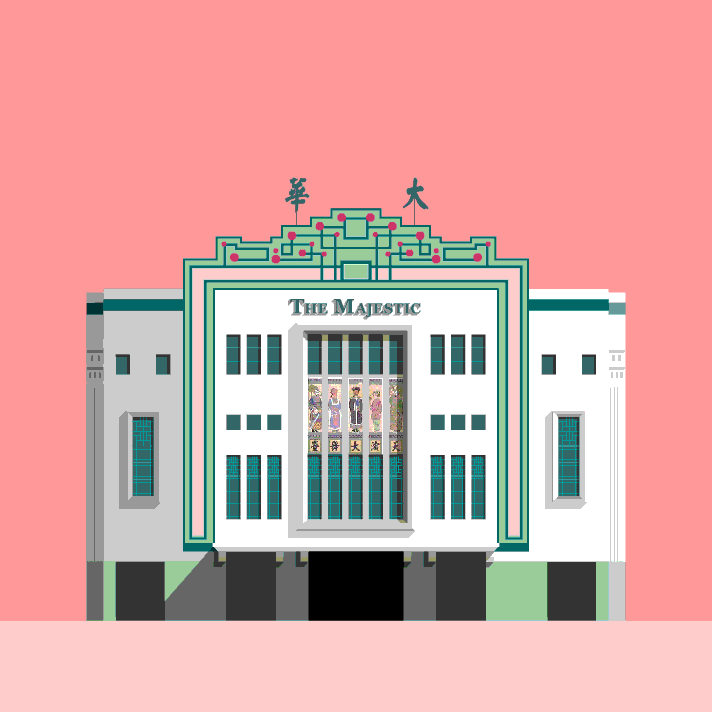
Am sure all the ladies out there would love to have a husband like Eu Tong Seng. He built a theatre (The Majestic) and formed an opera troupe for his wife, just because she is a fan of Cantonese Opera. What’s more, he even bought the entire street on which the theatre sat (Hence Eu Tong Seng Street). So sweet hor, jealous rrrrright...

People’s Park Complex—the permanent NATAS fair as locals know it. You would never have guessed that it was once South East Asia’s first multi-use building with shopping, residential, offices and car parking facilities within a single structure, and the block of flats above it was the closest to Le Corbusier's ideal high-rise living at the time it was built. Steady pom pi pi sia.




